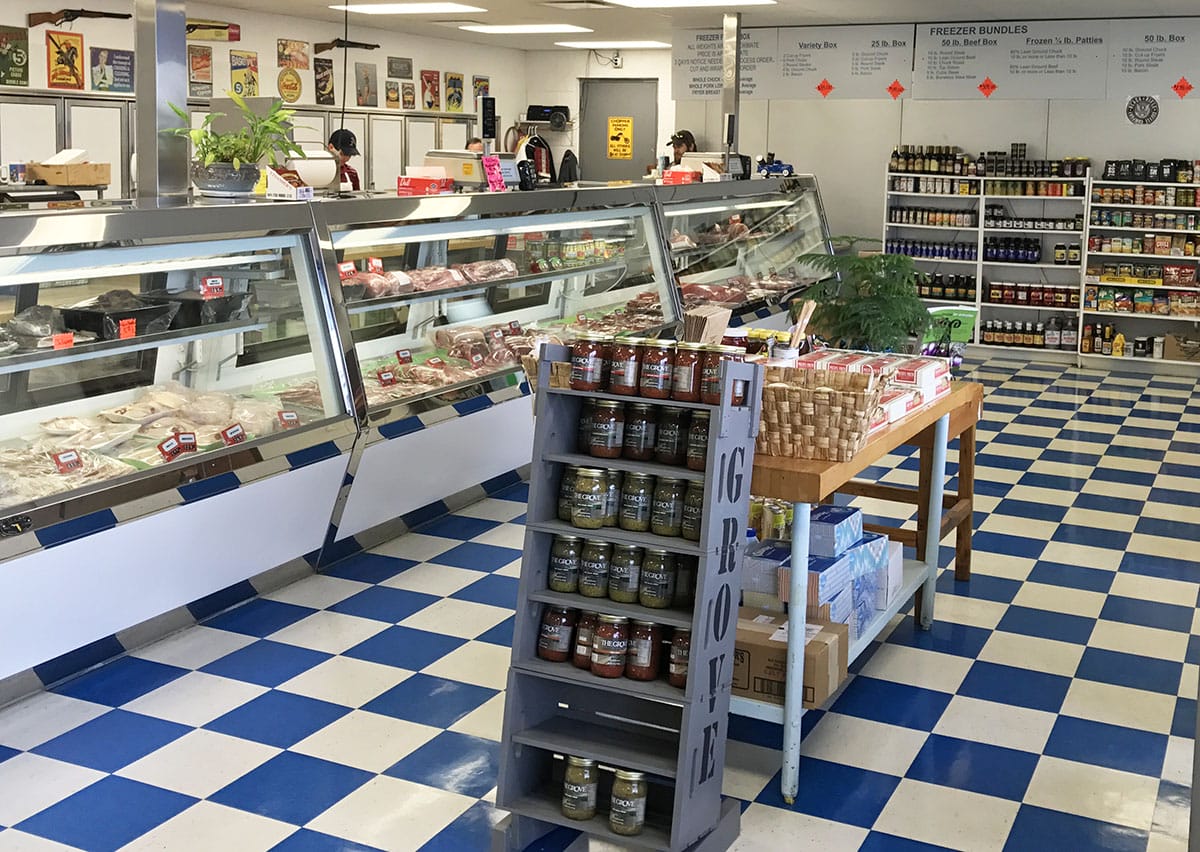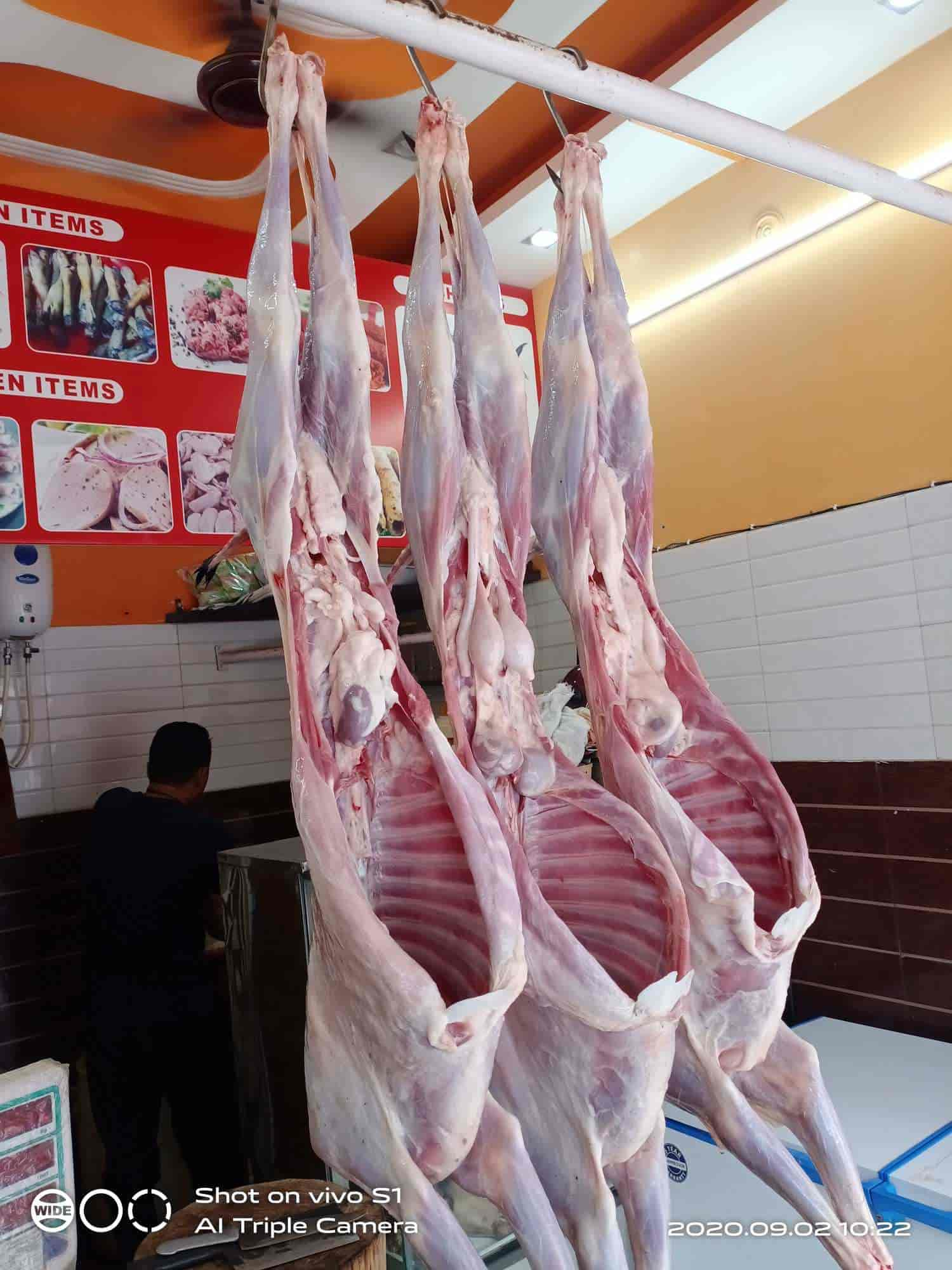From Ranch to Table: Bagley Farms Meat Market Provides Unrivaled Top Quality and Taste
From Ranch to Table: Bagley Farms Meat Market Provides Unrivaled Top Quality and Taste
Blog Article
From Ranch to Table: Welcoming the Tradition of Meat Markets and Butcheries
In an era controlled by ease and mass manufacturing, there exists a silent change taking area in the culinary globe - a return to the origins of food sourcing with the tradition of meat markets and butcheries. These establishments, commonly neglected in the shadow of supermarkets, are experiencing a revival as critical customers seek quality, traceability, and a link to the origins of their food.
The Rebirth of Meat Markets
The revival of meat markets throughout different areas indicates a shift in the direction of a restored recognition for in your area sourced, high quality meats. Recently, consumers have become extra aware of the origins of their food, causing a growing need for openness and sustainability in the meat market. This pattern has led the way for the rebirth of standard meat markets and butcheries, where customers can directly engage with educated butchers and resource their meat from nearby ranches.
Among the vital driving variables behind this renewal is the desire for greater top quality and fresher items. By buying meat from regional markets, consumers can make certain that they are obtaining fresh cuts that have not traveled cross countries or been sitting in storage for prolonged periods. In addition, sustaining regional meat markets helps bolster the regional economic climate and promotes community links.
Furthermore, the revival of meat markets aligns with the wider activity in the direction of sustaining small farmers and sustainable agricultural techniques. By selecting to buy from these facilities, consumers are not just improving high quality meat yet also adding to a much more environmentally friendly and honest food system.
Craftsmanship in Butcheries
With the resurgence of meat markets highlighting high quality and sustainability, the focus moves in the direction of recognizing the detailed craftsmanship presented in modern-day butcheries. Workmanship in butcheries exceeds just reducing meat; it symbolizes a deep-rooted tradition of know-how and accuracy in managing various cuts of meat - Bagley Farms Meat Market. Butchers, commonly educated for many years, possess a riches of expertise on the composition of pets, knife abilities, and the art of breaking down carcasses effectively
In contemporary butcheries, workmanship appears in the means butchers thoroughly resource their meat, guaranteeing high criteria of quality and moral practices. They take satisfaction in recognizing the provenance of the meat they offer, working very closely with regional farmers and suppliers to provide clients complete openness and traceability.

Locally Sourced Meat High Quality
In the middle of the expanding rate of interest in lasting methods, a concentrate on in your area sourced meat quality has actually come to be progressively noticeable in the meat market sector. Customers are significantly looking for transparency in the sourcing and manufacturing of their meat, leading to a surge in demand for locally elevated and refined meats.
Locally sourced meat supplies various advantages, including fresher items, assistance for neighborhood farmers, and reduced environmental impact because of lowered transport ranges. By purchasing meat from neighboring ranches and butcheries, consumers can have much more self-confidence in the quality and safety and security of the products they are buying.
Moreover, locally sourced meat usually originates from animals that have actually been elevated in more humane problems, with a concentrate on pet welfare and sustainable farming techniques. This honest method to meat production resonates with many consumers who are concerned regarding the origins of their food and its influence on the environment.
Farm-to-Table Shopping Experience
In the world of in your area sourced meat high quality, the farm-to-table purchasing experience offers customers a direct connection to the beginnings of their food. This one-of-a-kind purchasing experience allows clients view it now to map the journey of their meat, from the farm where the animals were elevated to the table where it will certainly be taken pleasure in. By engaging in farm-to-table shopping, individuals can acquire a deeper understanding of the farming methods, pet well-being standards, and sustainability initiatives associated with creating their meat.

Practice Meets Modern Culture


The merging of conventional meat markets and butcheries with modern-day society provides an one-of-a-kind opportunity for the preservation of artisanal methods in a contemporary context. While modern-day improvements have actually changed various markets, the significance of standard meat markets and butcheries continues to be deeply rooted in history and craftsmanship. This mix of custom and modernity enables the extension of classic techniques while adapting to the needs and choices these days's customers.
In today's fast-paced world, where benefit commonly outdoes quality, there is an expanding recognition for the heritage and authenticity that traditional meat markets and butcheries use. Consumers are progressively looking why not look here for transparency in the sourcing and production of their food, leading them back to the tailored solution and expertise located in these establishments. Furthermore, the focus on sustainability and moral practices lines up with the values supported by many conventional meat markets and butcheries, promoting a sense of neighborhood and responsibility in the direction of the environment.
As culture remains to develop, the coalescence of custom and modernity in meat markets and butcheries not only guarantees the preservation of artisanal practices but also enhances the culinary landscape with a blend of heritage and development.
Conclusion
In final thought, the practice of meat markets and butcheries is experiencing a rebirth in modern-day culture. These establishments use in your area sourced meat of high top quality, supplying a farm-to-table buying experience for customers.
In an era dominated by benefit and mass manufacturing, there exists a quiet change taking area in the culinary world - a return to the origins of food sourcing via the custom of meat markets and butcheries.The rebirth of meat published here markets throughout different communities suggests a change towards a restored appreciation for locally sourced, top quality meats.With the rebirth of meat markets emphasizing quality and sustainability, the focus shifts towards acknowledging the intricate workmanship displayed in contemporary butcheries. Craftsmanship in butcheries goes beyond just cutting meat; it personifies an ingrained tradition of experience and precision in handling different cuts of meat.In today's hectic globe, where convenience usually trumps quality, there is a growing appreciation for the heritage and credibility that traditional meat markets and butcheries supply.
Report this page